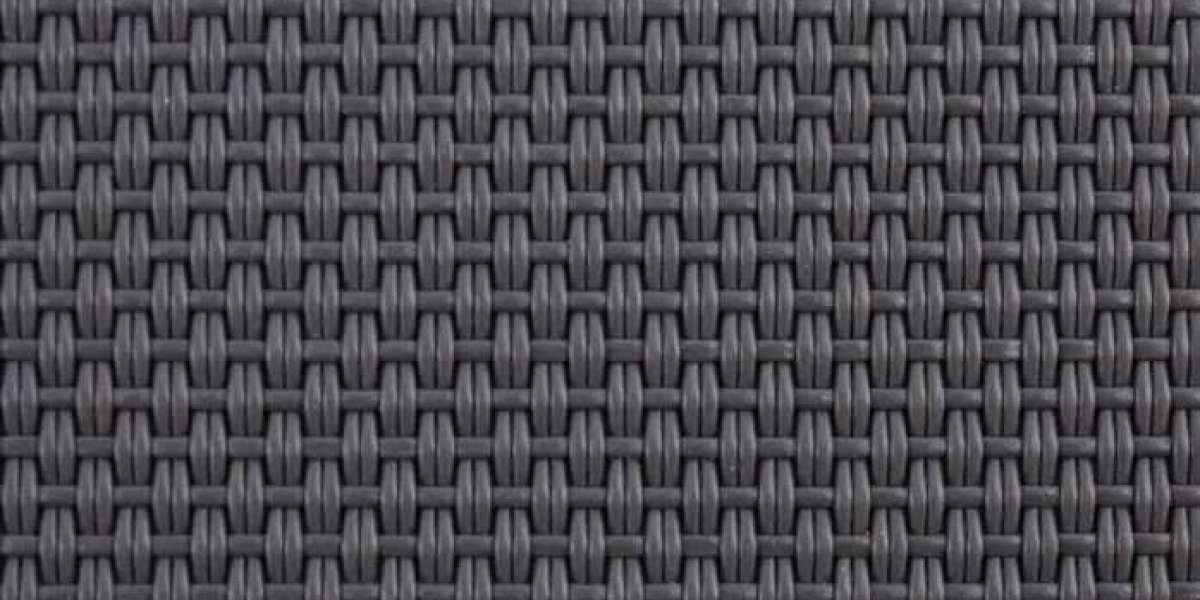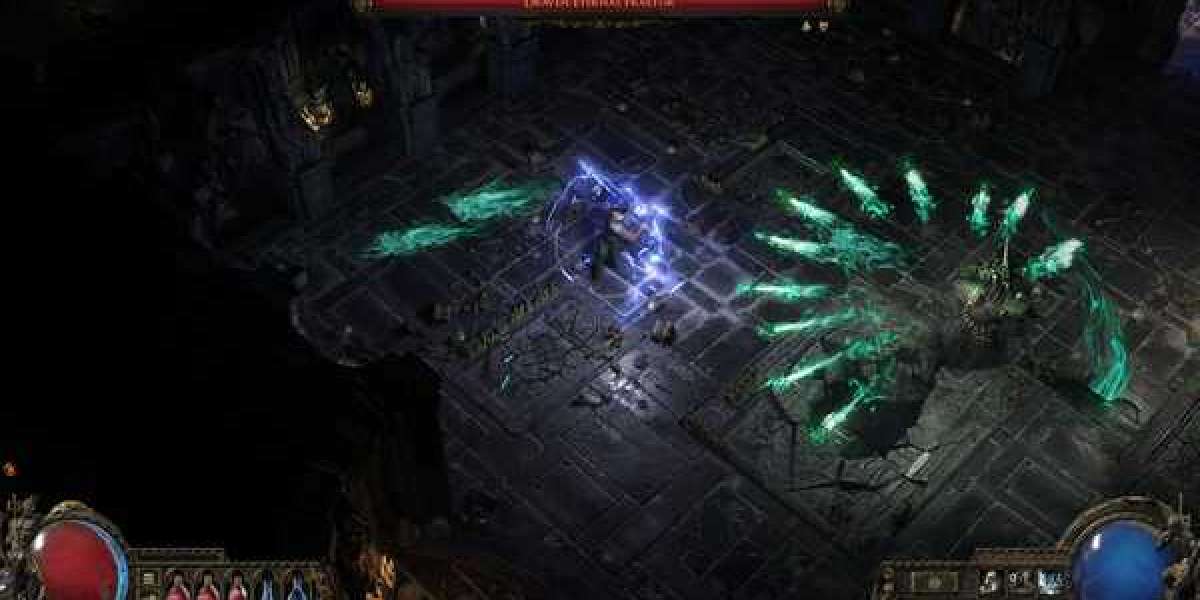PVC Mesh Fabric, or Polyvinyl Chloride Mesh Fabric, is a type of net-like material made from polyvinyl chloride (PVC). It is created by processing PVC into fine threads or strips and then weaving or knitting them into a mesh structure. This construction gives PVC Mesh Fabric several desirable properties, including excellent breathability, durability, and resistance to weather conditions, making it suitable for long-term outdoor use.
Manufacturing Process
The production of PVC Mesh Fabric involves several steps:
Raw Material Preparation: High-quality PVC resin is mixed with stabilizers, plasticizers, and colorants to achieve the desired properties.
Extrusion: The mixture is heated and extruded through a die to form continuous threads or strips.
Weaving or Knitting: The threads or strips are then woven or knitted into a mesh pattern using specialized machinery.
Finishing: The final product undergoes treatments such as heat setting and coating to enhance its strength and durability.
Applications of PVC Mesh Fabric
Agriculture: Used in greenhouse covers, shade nets, and crop protection, PVC Mesh Fabric helps regulate temperature and protect plants from pests and harsh weather conditions.
Construction: In construction, it is used for safety barriers, scaffolding nets, and temporary fencing, providing both safety and visibility.
Sports and Leisure: PVC Mesh Fabric is commonly found in sports equipment such as soccer goals, volleyball nets, and safety barriers in recreational areas.
Furniture and Interiors: It is used in outdoor furniture, window screens, and decorative elements, offering both functionality and style.
Industrial Applications: In industrial settings, PVC Mesh Fabric is used for conveyor belts, filtration systems, and protective covers, enhancing efficiency and safety.







